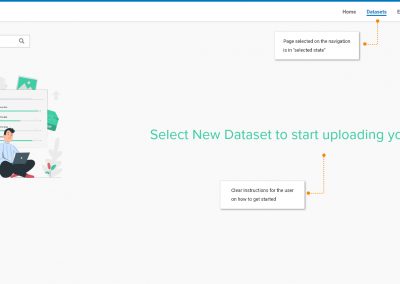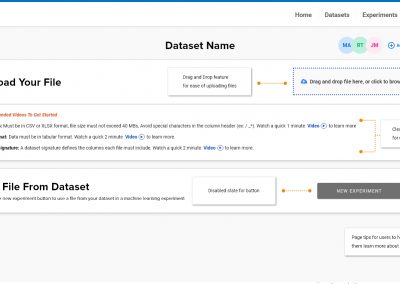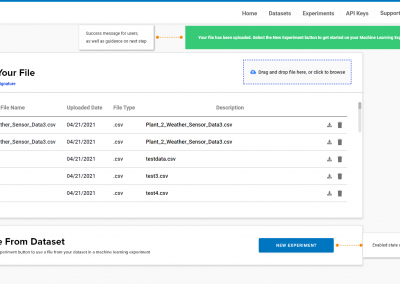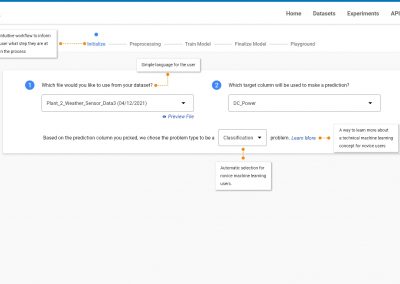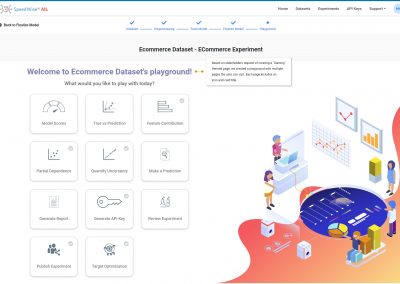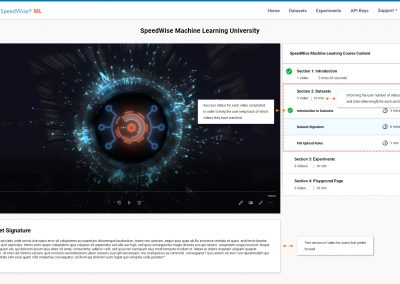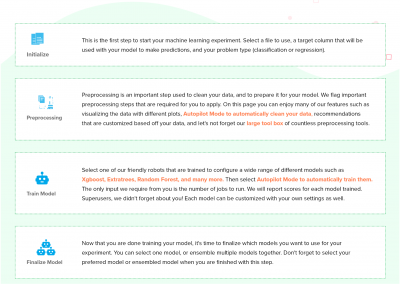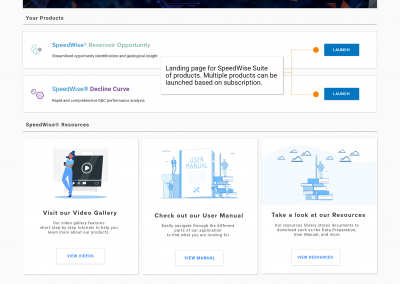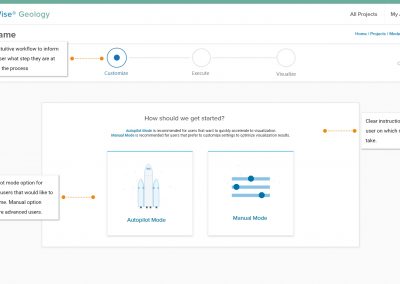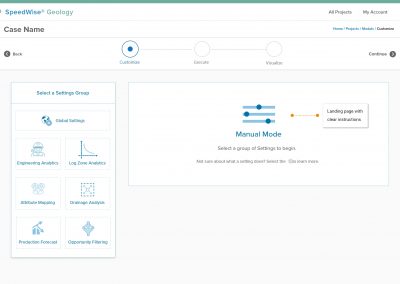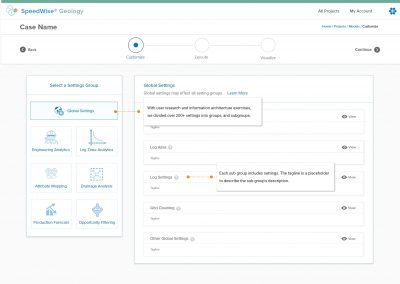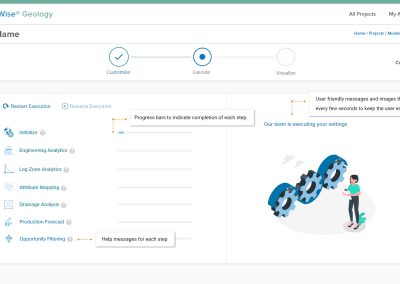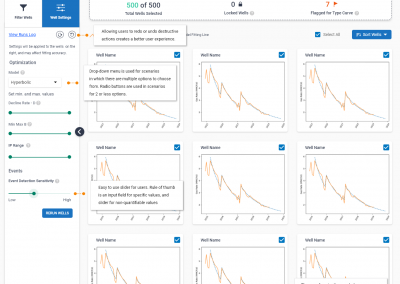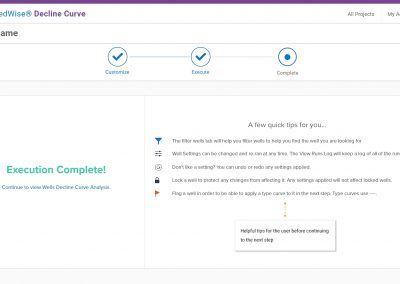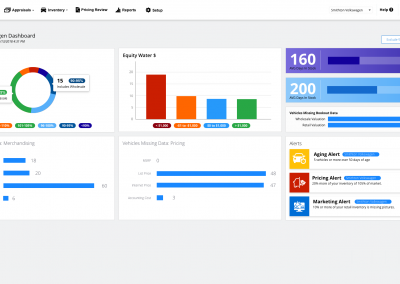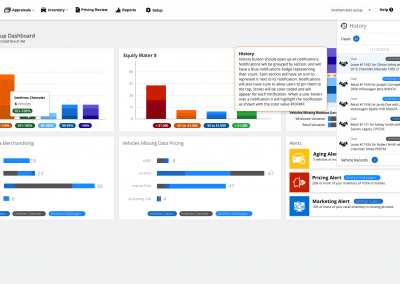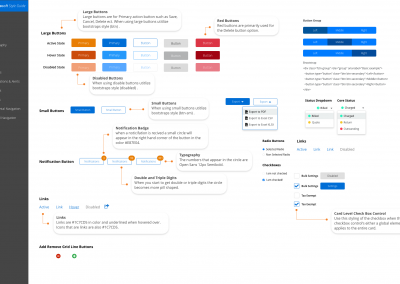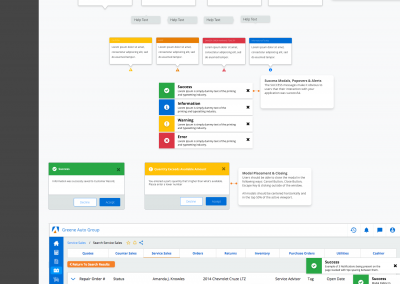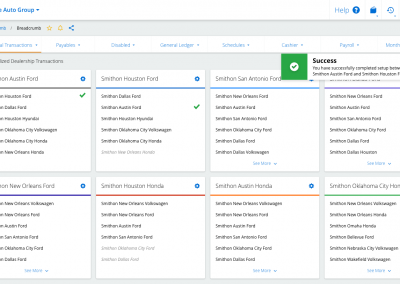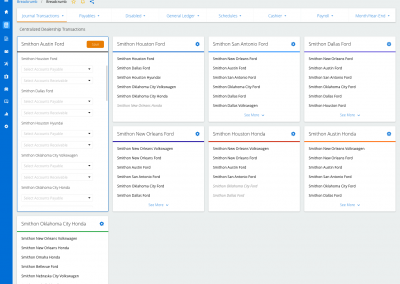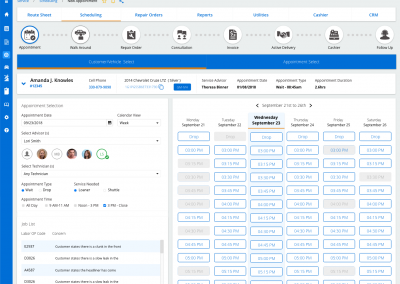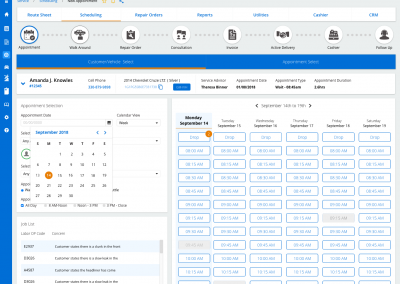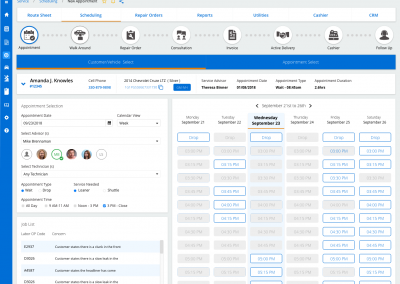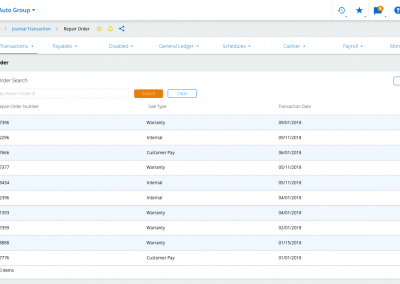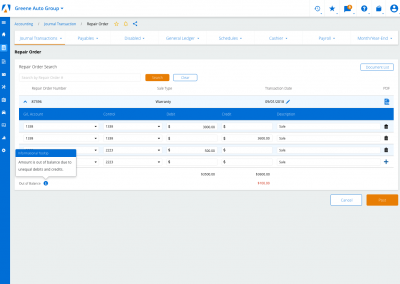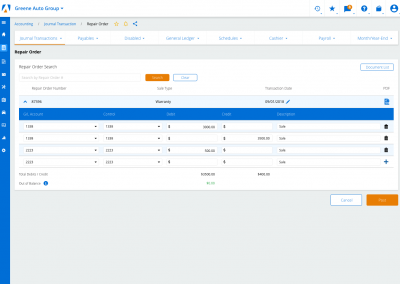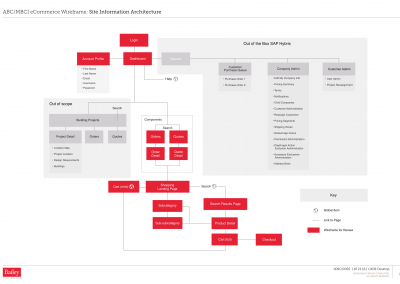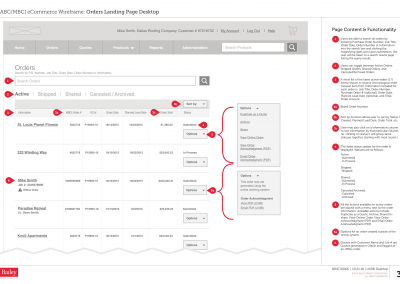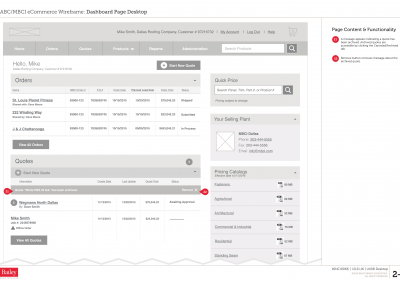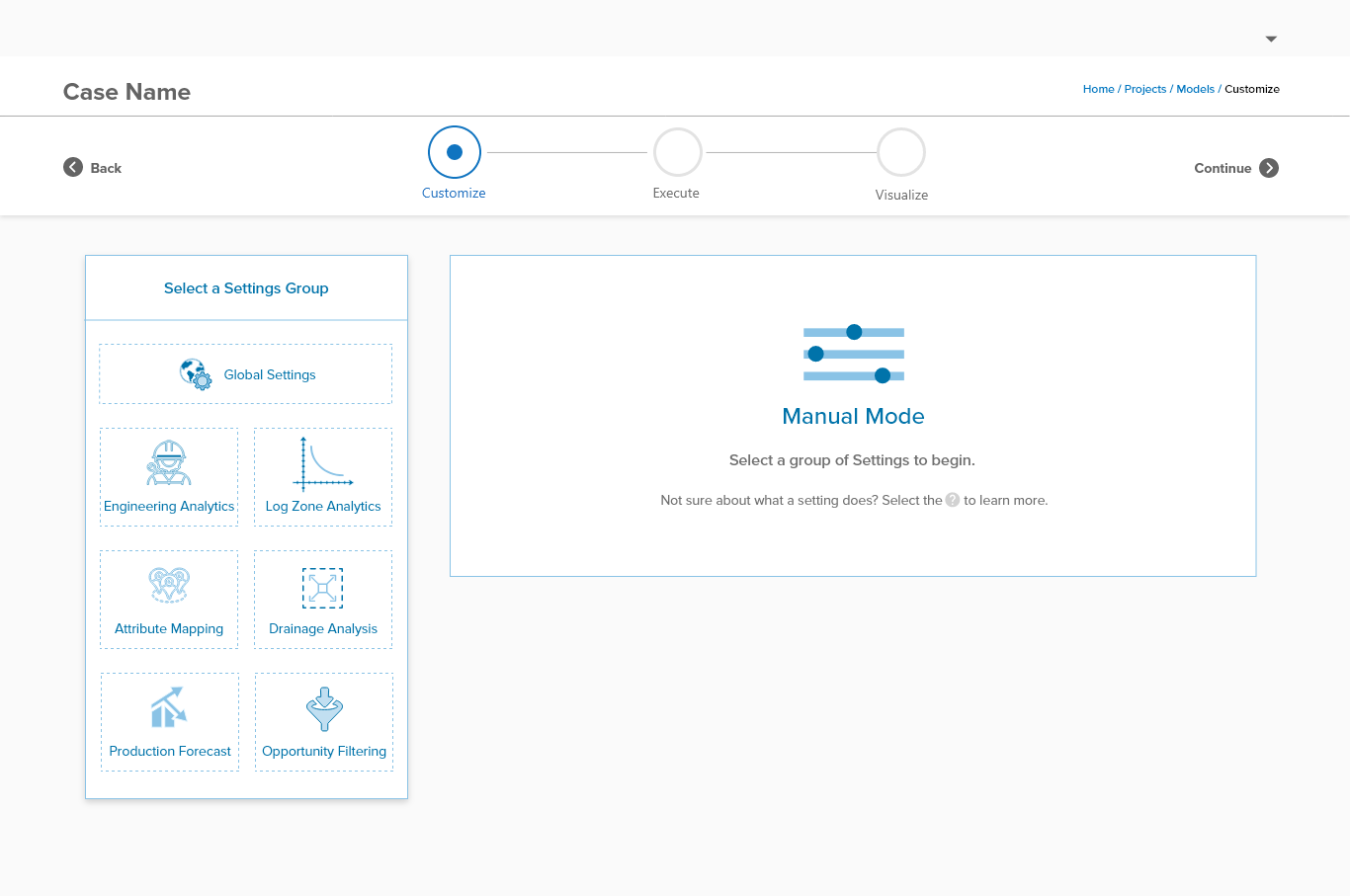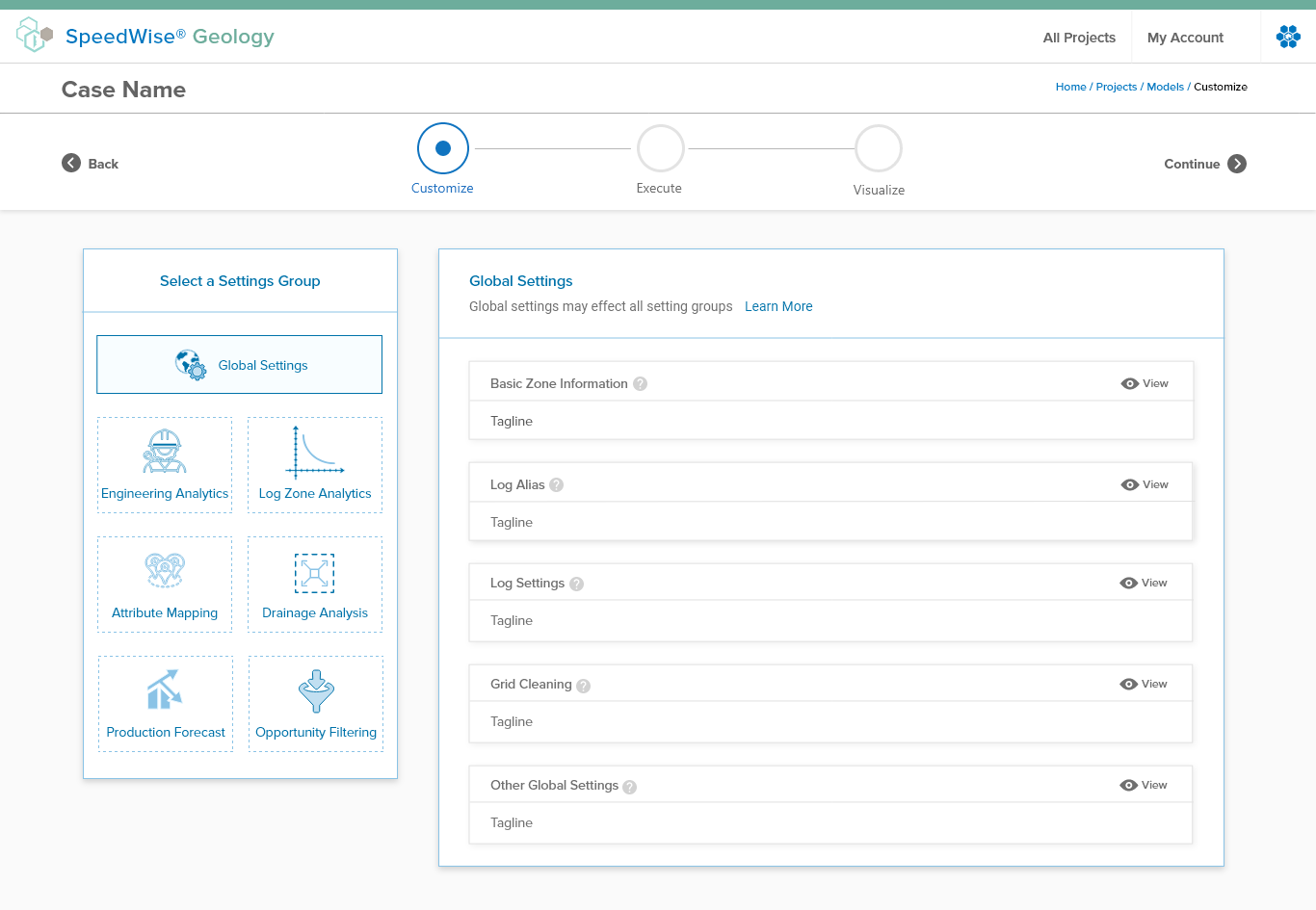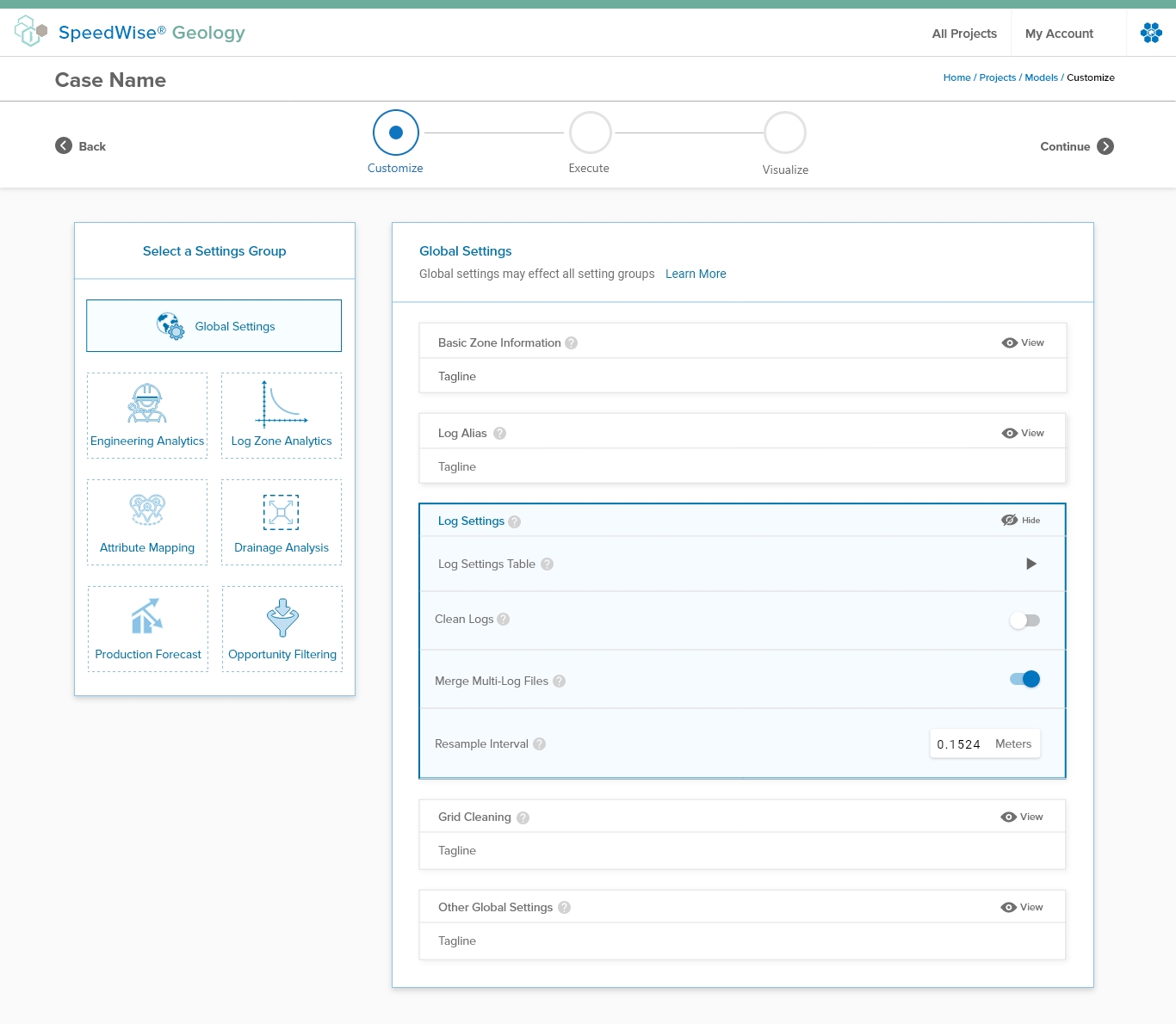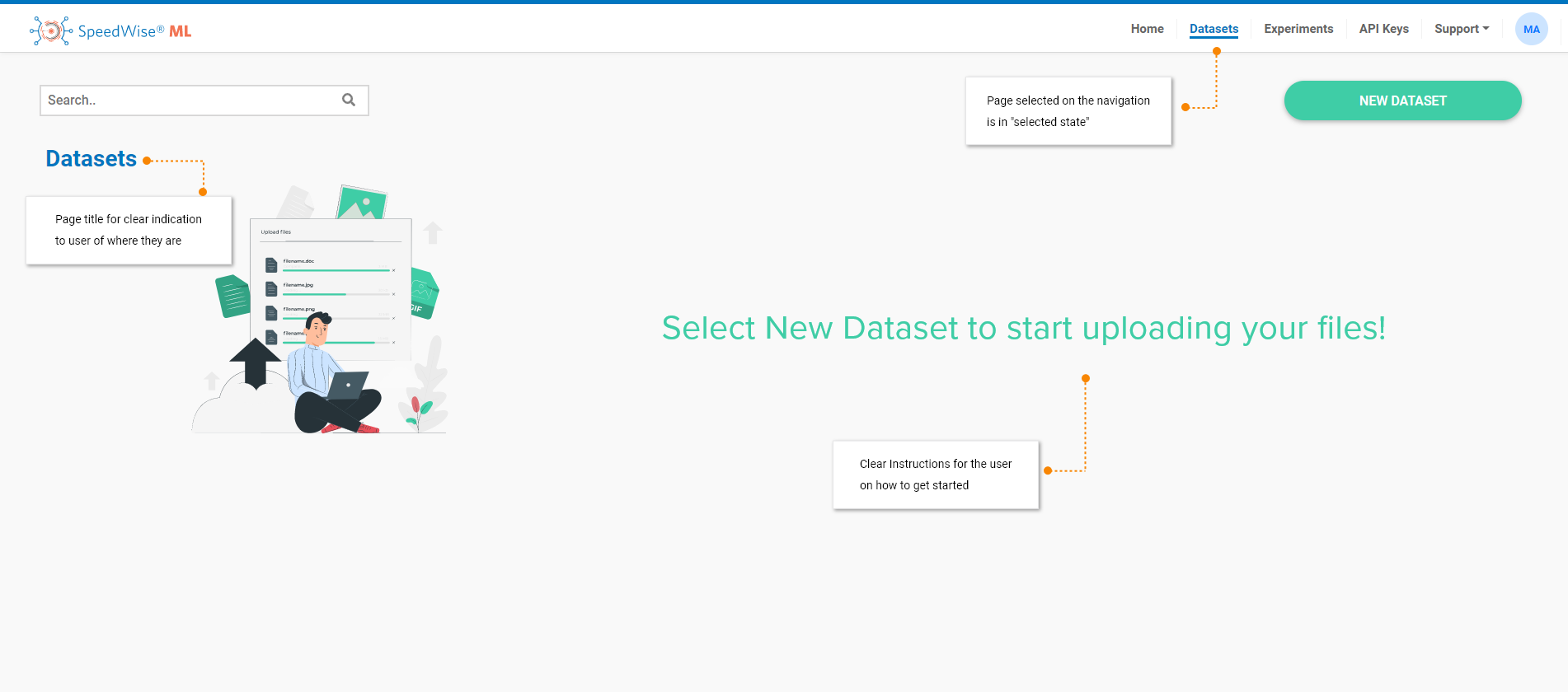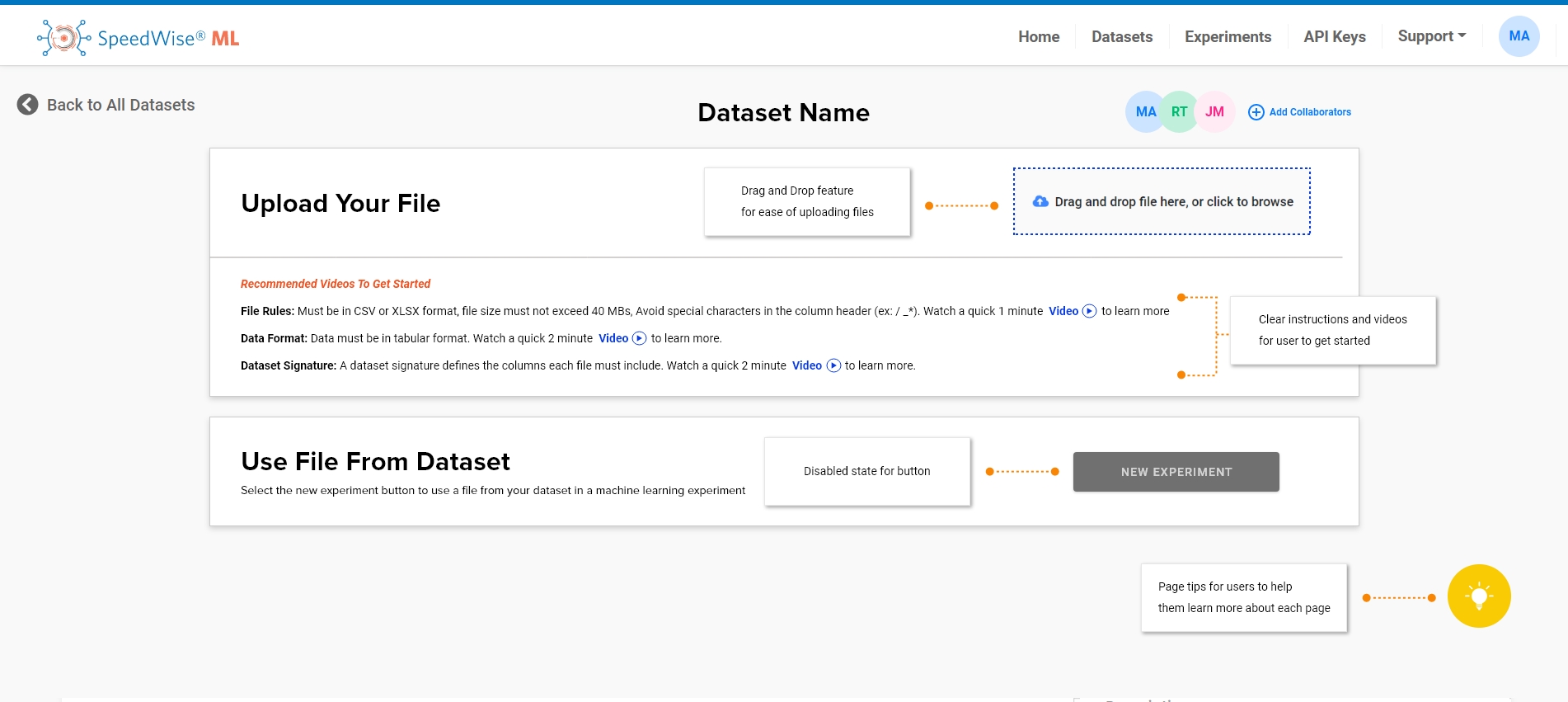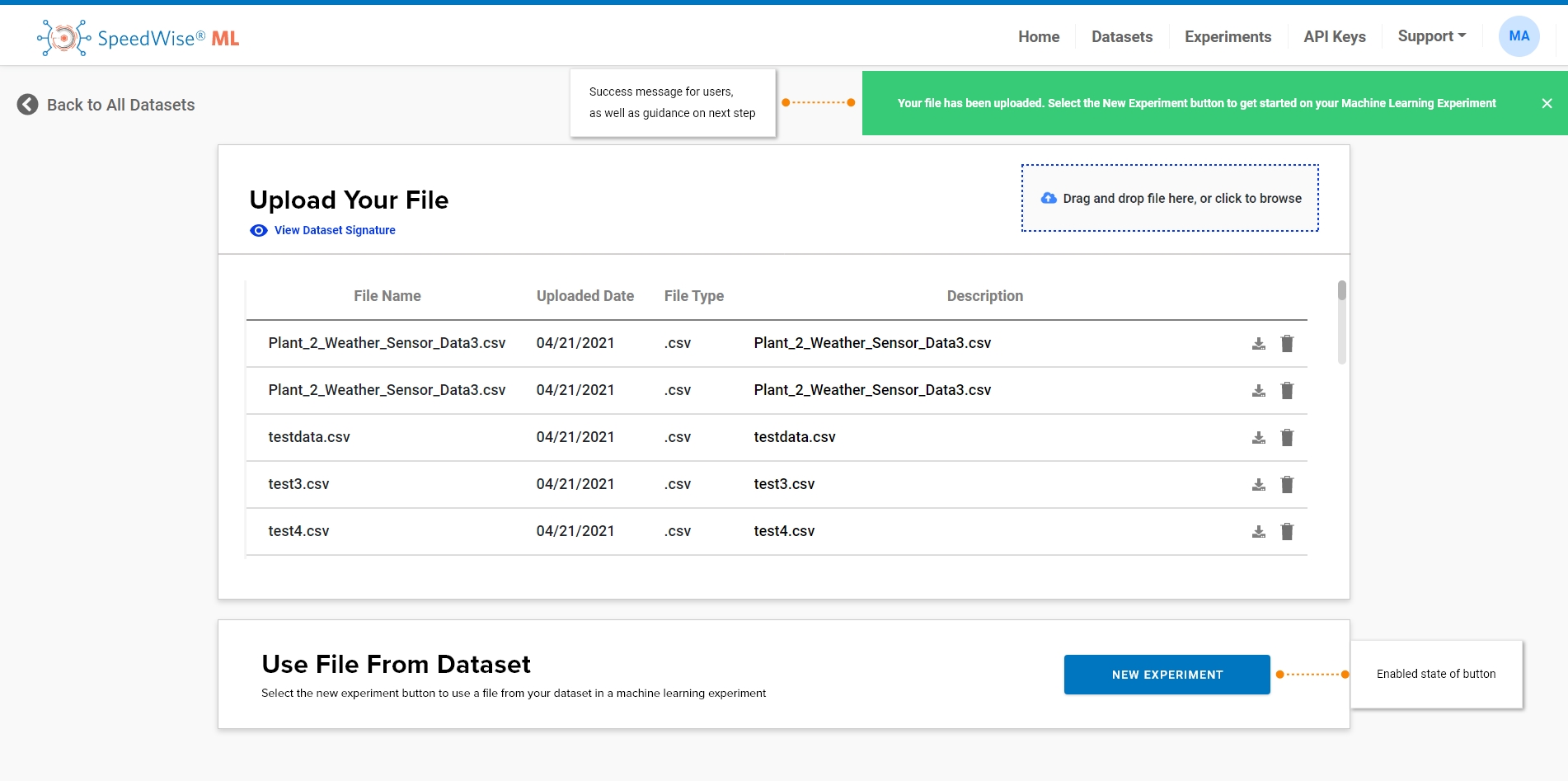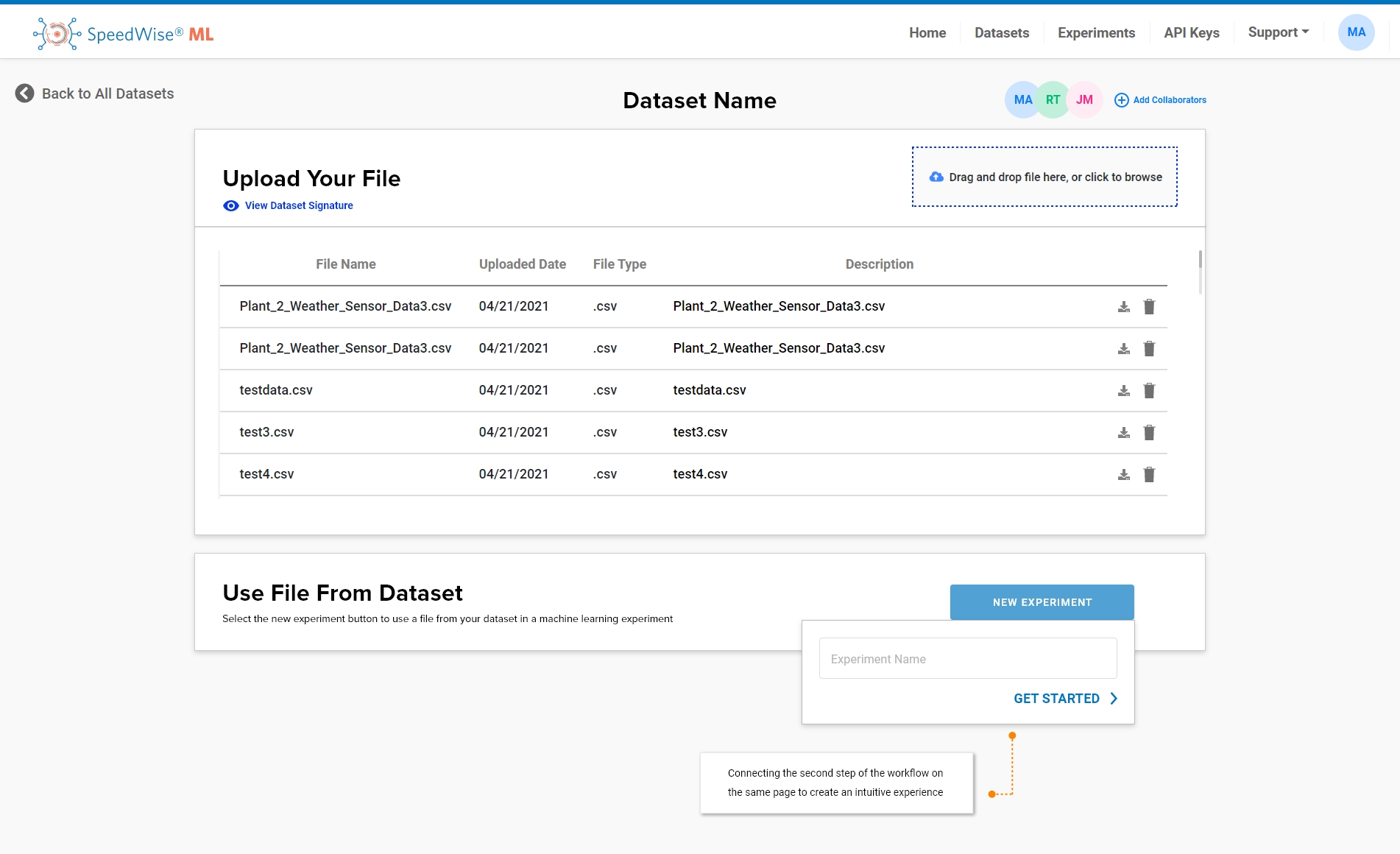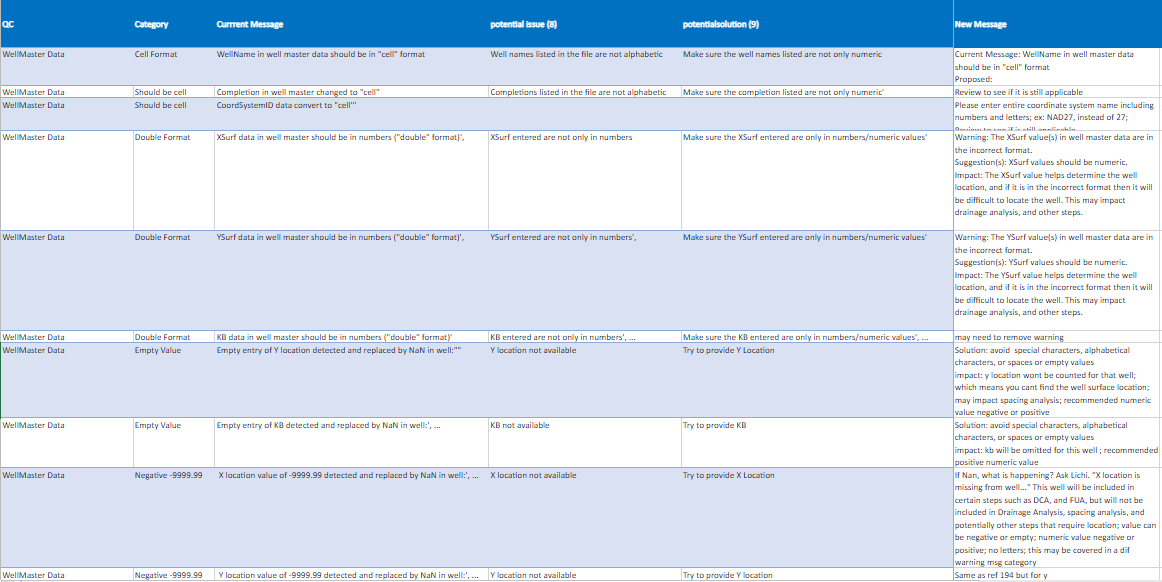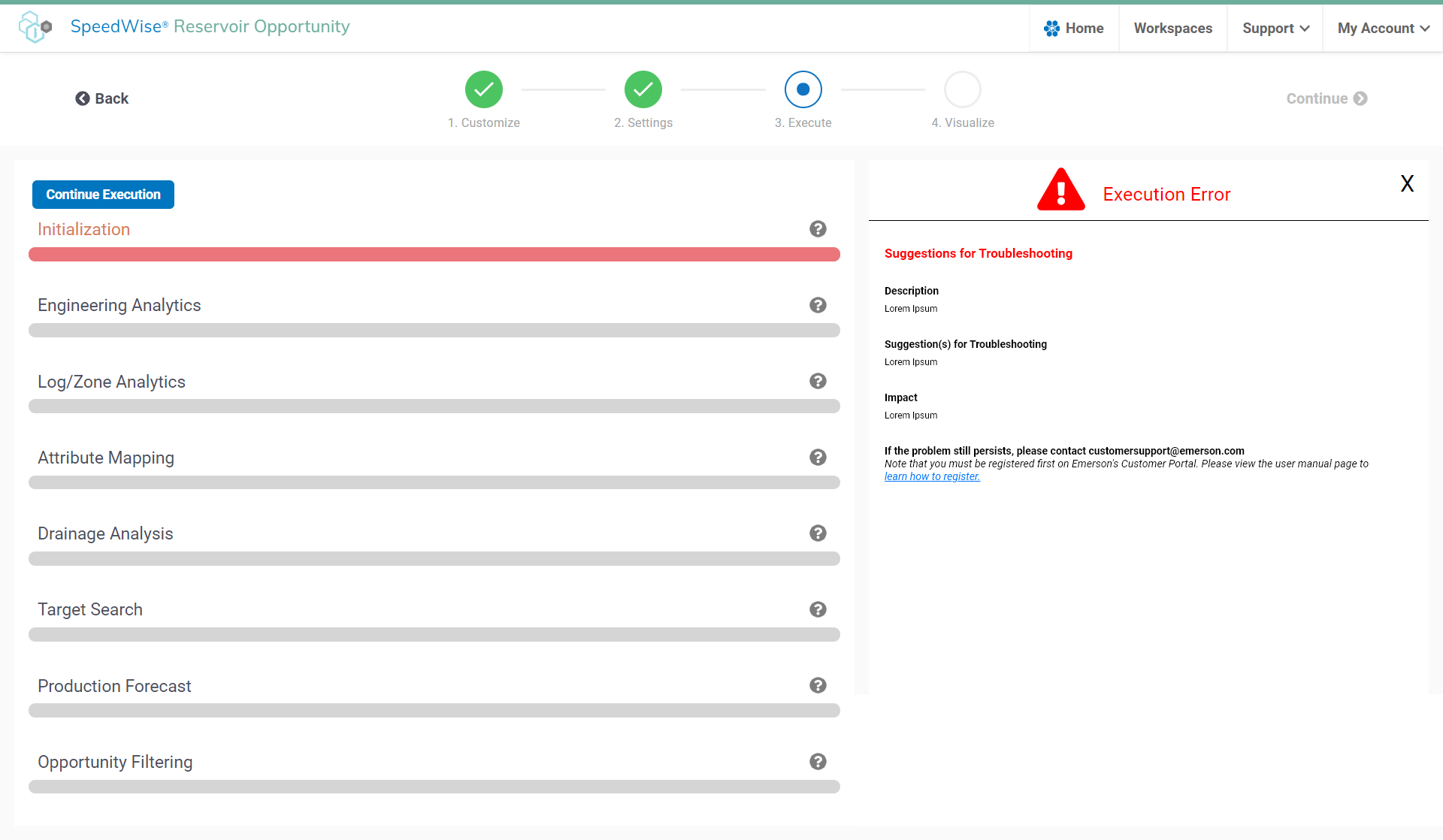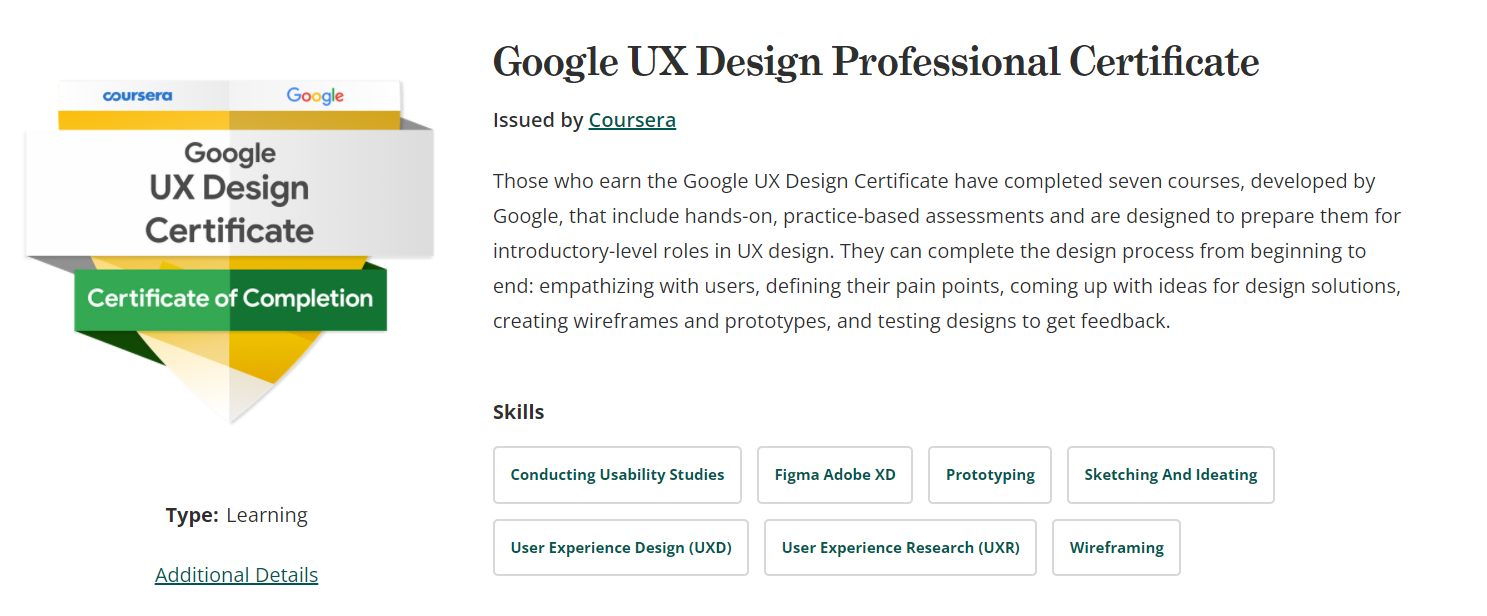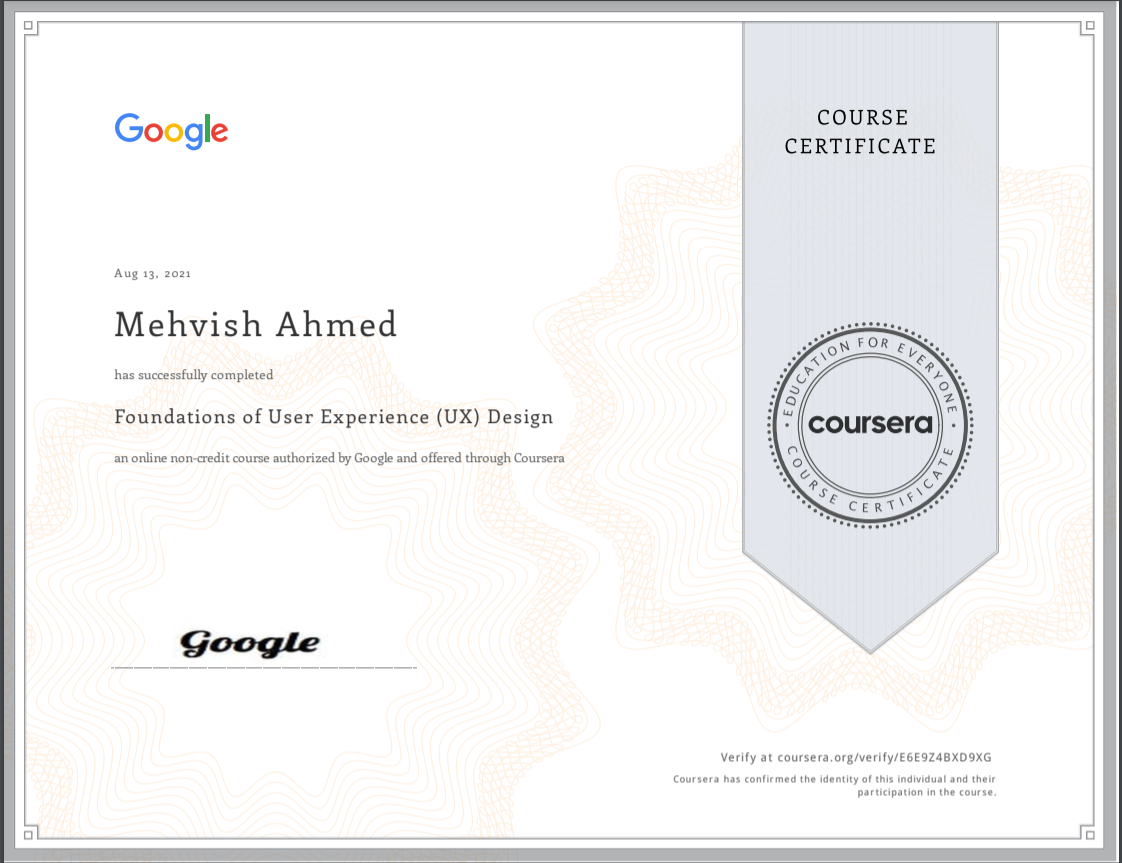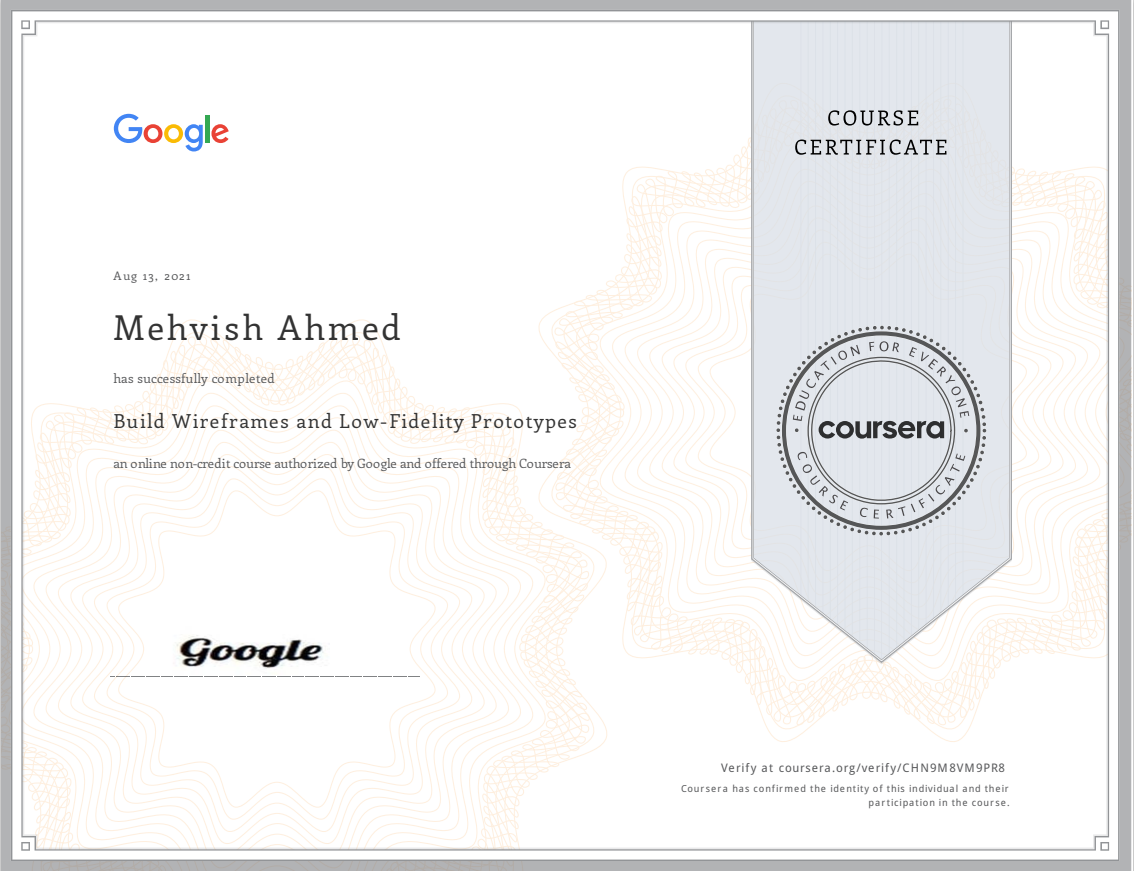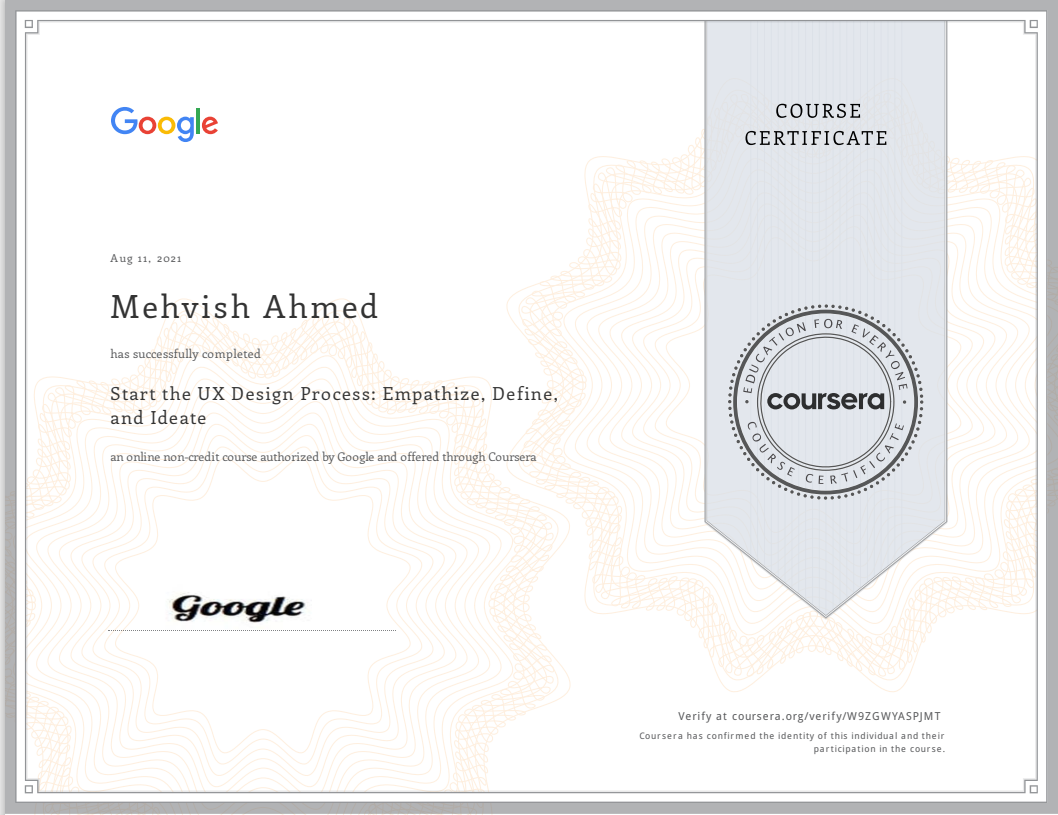Anyone can build a complex product.
It takes a genius to build a simple product.
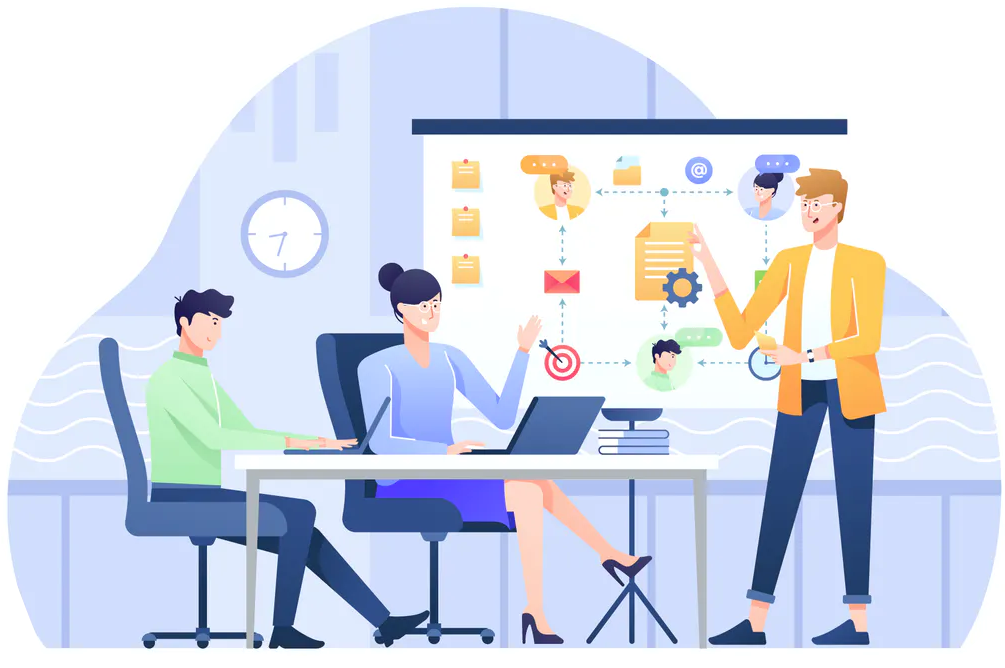

Hi there 👋
My name is Mehvish Ahmed. I am originally from New Jersey, and now reside in Houston, Texas.
I enjoy working with teams, and translating complex product requirements into simple interfaces. This process requires strategic thinking, understanding requirements and processes, and most importantly user empathy. User empathy is the process of predicting the users feelings, pain points, and behavior while using the product. I specialize in interaction design, and aim to create intuitive and seamless user experiences. My previous experience also includes user research, usability studies, and other research methods based on the problem we are trying to solve.
What makes me wake up every morning and be excited about my day? A positive, challenging, and energetic environment.
Skills
My experience as a business analyst specializing in user experience, and product designer has given me a versatile range of skills.
Design Software
Adobe XD, Sketch, Figma, InvisionApp, Photoshop, Axure, Balsamiq
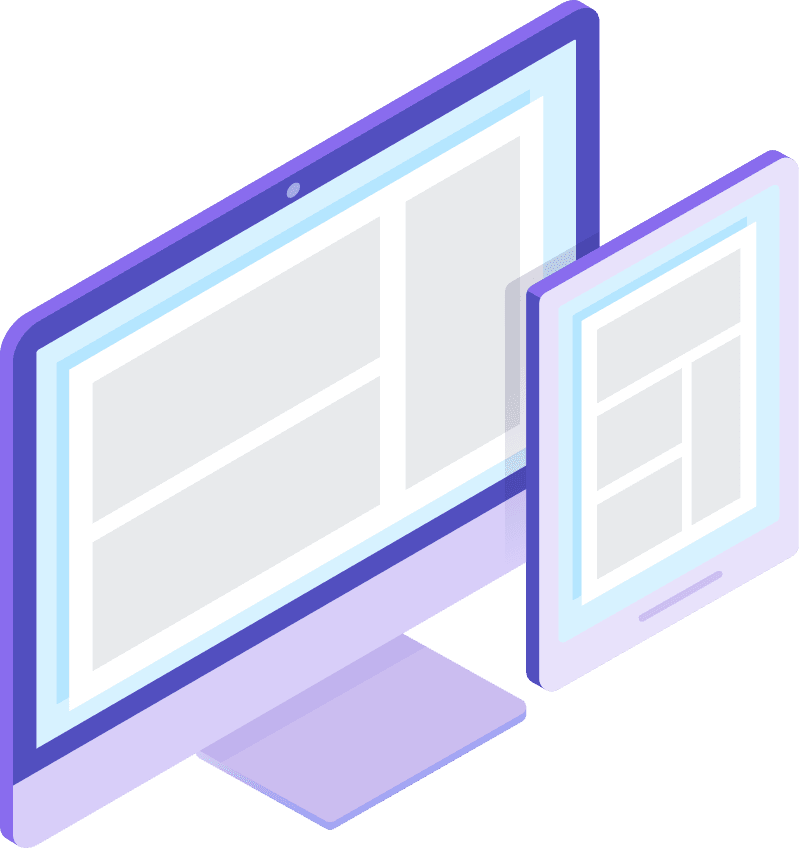
Protoyping
Storyboards, Low and high fidelity wire frames, and Interactive prototypes
Tools
JIRA, Salesforce, Pardot, Mailchimp, Adobe Suite, Camtasia, Confluence, WordPress
Requirements
Defining Use Case Scenarios, User Personas, and User Journey process flows
Product Designs
SaaS Products, B2B and B2C Products, Information Architecture, Style Guides, Dashboard, Data intensive grids
User Research
Usability Studies, Focus Groups, User Surveys, Qualitative and Quantitative research methods, user interviews
Portfolio
Case Studies
Settings Information Architecture
Product: SpeedWise Reservoir Opportunity (SRO)
Case Study: Displaying Settings
Description: The product SpeedWise® Reservoir Opportunity has over 200 oil and gas related settings available to display to the user. The settings were used in conjunction with the user’s data to create various analytics.
Problems/Challenges:
1. Displaying the settings in a user-friendly way in order to prevent a cluttered user interface. The user should easily be able to find the setting that they are looking for within a few seconds.
2. Brainstorming intuitive setting names to help the user easily understand the purpose of the setting.
3. Discussing with the team the user actions required to select each setting, and how each setting should be displayed.
Process:
1. The team worked together to write each setting on a post-it. We had about 200 settings to write on the post-its. The reason we used the “Post-It” method is because they can easily be moved around the board without having to rewrite the setting name each time we want to move it.
2. Brainstorming which settings share common characteristics in order to group them together. We were able to use the help of oil and gas subject matter experts in our brainstorming sessions.
3. Once the settings were appropriately grouped, the team brainstormed ideas about category names to best describe the settings that belonged to it.
4. The next step was to further divide the settings into sub-categories with the help of our SME’s.
5. Once the categories were created, we need to review the naming of the settings. Each setting name needed to be intuitive enough for the user to understand the purpose.
6. The next step was to do user testing. The approach we used for user testing was to create a questionnaire survey. The survey included questions such as, “Which category would you expect to find the following setting in?” or “Which sub-category would you find the following setting in?” There were also open-ended questions as well such as, “What do you think this setting is used for based on the name?” The usability testing results helped us improve the settings grouping and names.
7. Once the grouping, sub-grouping, and names were finalized, the design process was started. The first step in the design process was to determine how each setting should be displayed based on the setting type.
Based on the setting description it could be displayed as a drop-down, multi-select drop down, toggle, radio button, or table. The design also included question marks for each setting. The question mark would lead to a user manual which would further explain each setting in depth. This allows us to cover a wide range of oil and gas users from novice to experts.
8. The next step is to create the low-fidelity wireframe. The wireframe went through iterations, and the final high-fidelity wireframe is shown below. The wireframe is divided into two columns. The left-hand column is the navigation panel. The purpose of this structure is to help the user find the settings that they are looking for based on the navigation panel. For example, they may be interested in a DCA related setting. An oil and gas domain user would expect to find this setting under “Engineering Analytics.” Once they click on the “Engineering Analytics” group, they will find a subcategory for DCA. The sub-categories are closed by default to avoid a cluttered interface. There were also icons and subtle colors used to create a clean and inviting interface.
Machine Learning Dataset Page
Product: SpeedWise Machine Learning (SML)
Case Study: Dataset Page
Description: Create an intuitive onboarding workflow to follow for the user journey in order to help guide them on how to create a Machine Learning dataset
Problems/Challenges:
1. How to create an intuitive onboarding workflow to help users create their first dataset
Process and User Journey:
1. Customizing the landing page based on the type of the user – New users that have never used the platform before land on the dataset page, because this is the first step to create a machine learning experiment. Existing users that have logged in more than 3 times will land on the home page. The home page includes statistics about number of experiments created, datasets created, and more.
2A. Clear Instructions: A landing page infographic with instructions on what to do is put in place
2B. Once the dataset is created, the user is inside the dataset. The user can read a few rules about how to upload a file, as well as watch a video on a more complex topic of dataset signatures.
3. Direction On Next Steps: Once the file is uploaded, the user will get a notification that they are ready to create an experiment. The option to create an experiment is enabled on this page directly after uploading the file. The user can directly use the file uploaded to create a new experiment.
Error Handling for Users
Product: SpeedWise Reservoir Opportunity (SRO)
Description: The product SpeedWise® Reservoir Opportunity has an execution page which is used to validate the compatibility of the settings the user selected, and data the user has uploaded.
Problems/Challenges:
- Generic error messages were displayed for users if execution failed, or unhelpful error handling messages.
- The back-end team members were not able to identify all possible error messages due to unknown scenarios that may occur. For example, certain settings and data combination may trigger an error message that developers may not have come across.
- The current error messages displayed were not documented on an excel sheet, and this process was very time consuming to do. They were embedded in layers of code.
Process
- Work with the back-end developer to locate where the current error messages are displayed in the code. Spent about 2-3 days creating a spreadsheet to document our current error messages, as well as any information related to what is causing them.
- Lead five “Break The Application” sessions with the product team. The purpose of these sessions were to divide the team with different areas of the application to break. For example, each team member had a certain data related or settings related area to test. The team would try to modify the settings with multiple different inputs, and then test if the execution page would report an error. If they were able to find an error, they would report the error on the spreadsheet. The spreadsheet included fields such as steps taken to create the error, tested items, input variable used, current error message, and more.
- At the end of the sessions, we had compiled a comprehensive list of error messages. As a team we successfully tired to break the application in every way possible, and added over 100 error handling messages to the spreadsheet.
- The next step was to create user friendly messages for each error message. To create these messages, a template for the messages was created. The template included four parts.
- The execution step that has failed, and a high level of which part of the application has caused it to fail.
- The description of the error message
- Suggestions of how to fix the error message
- The impact of this error on the analytics, this is to show the user why it is important to fix the error
- The last part of this exercise was to create a wire frame to show the front -end developer how the message should be displayed, and for the back-end developer to insert the new error messages.
Certifications & Awards
Testimonials
“Mehvish Ahmed relentlessly displayed an exceptional work
ethic, positive energy and Quantum spirit in making SpeedWise® the industry’s most user friendly advanced analytics platform. QRI’s initiatives in SaaS and multichannel partnerships benefited significantly from Mehvish’s ideas and creativity.”
“Mehvish is a talented designer who is always looking for ways to make a product better. We worked on several projects, and Mehvish has a great understanding of product and has an excellent strategic thinking on product designing. She is one of the most dedicated professionals I’ve worked with and is willing to put that extra help whenever you need it. I highly recommend her expertise to any person looking for a product designer.”
“Mehvish joined QRI’s product team to help drive UI/UX efforts for our SpeedWise® suite of applications. From the start I was impressed by her skills as a UI/UX designer and her ability to take complicated engineering concepts and workflows and incorporate them into intuitive interfaces. Mehvish has excellent communication and presentation skills. She is a natural at working cross-departmentally and I have enjoyed working with Mehvish not only on our SpeedWise® applications with the product team, but also as part of the marketing team. She was valuable in the development of informative content used for training and marketing efforts. Her willingness to go above and beyond in this respect has always amazed me, and I consider Mehvish a valuable part of our team. She has grown tremendously, and she would be an asset to any company she decides to partner with.”
“Mehvish drives the UIUX of several applications at QRI. She’s a wonderful designer. She has shined at interpreting a labyrinth of technical objectives and demands and at condensing them into engaging and accessible designs. One of her most indispensable skills however, goes beyond design; she excels at imparting direction. Whenever we stumble at a key decision, Mehvish can always be counted on for valuable perspective. A super teammate!”
“Mehvish is a key member of the product team behind our reservoir management SaaS platform. She is the primary author of everything UI/UX related across our family of cloud products, and has been a stanch defender of our end users’ interests. Mehvish goes beyond her normal UI/UX duties, and strives to learn more about various oil and gas workflows in an effort to better optimize her designs and solutions to the target audience. Her versatile skills allow her to contribute on multiple fronts: rapid prototyping, high-fidelity wireframes, A/B testing, user personas, testing, documentation. Her work ethic, dedication, and attention to detail are a few of the reasons I fully recommend her to the best product teams out there.”
“Mehvish is one of the major forces that helped transform QRI’s technology into user-friendly SaaS platforms. I worked very closely with Mehvish for 6 months and was always impressed by her solid skill in UI/UX design, open-mind and willingness for challenges/new areas, fast turnaround speed, superb communication and team working skills, and ever positive attitude. Mehvish is extremely self-motivated. She conducted interviews to PMs and internal clients, quickly understood the overall technology behind the scene, helped simplify user journey, reshape equations/diagrams to futuristic, easy-to-understand, intuitive and joyful online professional platforms. Not only a creative designer, Mehvish is also a critical thinker. Designing websites for professional engineers is very different from websites for general public. She mastered both. “
“Mehvish is an excellent and prolific UI/UX designer and a stellar team player. She takes amazing initiative, is not afraid of tedious work, will do whatever is necessary to help the team, and has absolutely top-notch communication skills. Mehvish is able to make smart, educated decisions on design that parses information from multiple stakeholders. I believe she’s able to do this because she is open-minded and can put herself in the customer/user’s place, and has a natural business acumen. She is always able to distill what is important information for the user, translating between the language of the software’s engine to a user interface, and she knows how to organize and prioritize. Working with Mehvish is a pleasure because she is passionate, eager to be productive, positive, and organized. I always trust that when something is in her hands, it will be done correctly and on time because of her sense of responsibility, always following up on tasks until they are complete.”
“I worked with Mehvish at QRI when I was the CTO in this company. Mehvish was a in charge of our UI/UX initiatives, and she was just terrific at her role. She is not only a gifted designer, but she also thinks about things that the rest of us overlook in terms of developing technologies and features that people like and want to use. As a result, she helped our technology organization to discover deeper insights and ideas. Mehvish was also a great team player and a brand champion. She always offered energy and initiative for new/innovative designs, and I very much admired her proactive work to facilitate decision making. I am sure Mehvish will excel at any role she is assigned to, plus I do believe she has a big potential for higher levels of responsibilities”
“SML is a friendly, intuitive, and easy to use video game, but at the same time it is so powerful.”
Get in touch
I would love to hear from you about how we can collaborate on our next project together.
Please feel free to contact me during business hours.
Email: Ahmedmehvish91@gmail.com
Phone: (713) 572-7092

